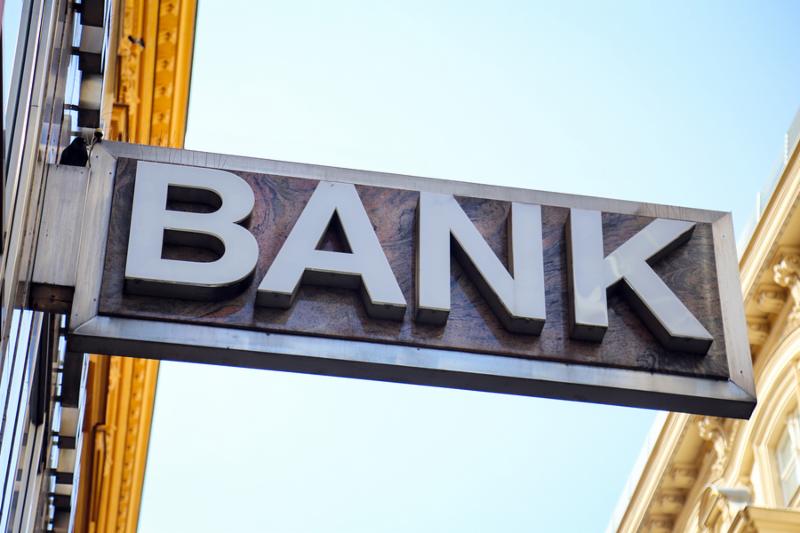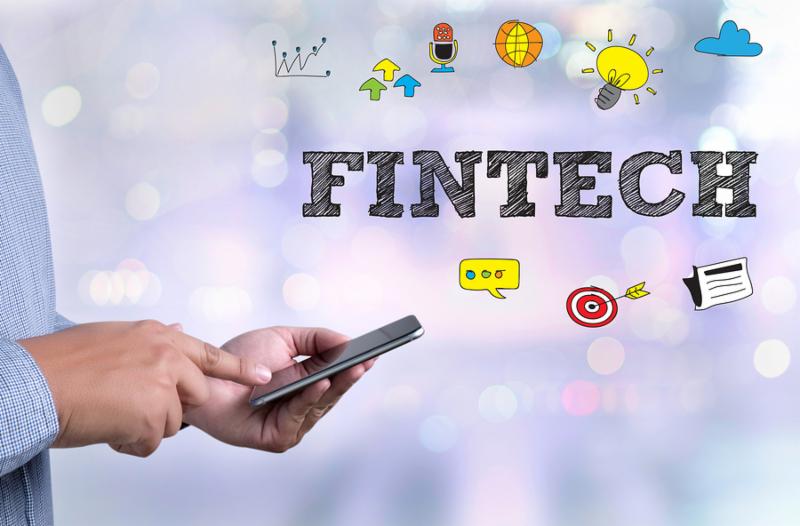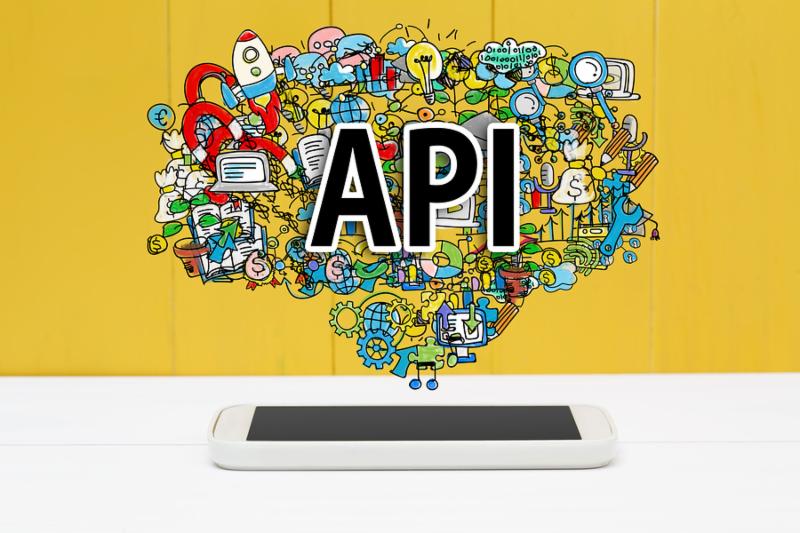The new questions and examination procedures will require expert management of the examination process by key people in the bank. Vague answers to general questions without providing the proper context or documentation will land bankers in a quagmire of board resolutions and regulatory enforcement.
The regulatory agencies are forced to deploy more tech-savvy yet inexperienced examiners to address cybersecurity issues. This will rock the boat as bankers must learn to communicate more effectively with examiners regarding IT matters. Often a translator is needed. Otherwise, miscommunication can lead to misunderstandings and perhaps misapplied regulatory enforcement.
As fear and misinformation is spread about cybersecurity risk, bankers will turn to trusted parties and will continue to invest in practical cybersecurity testing and solutions designed to reduce risk in this critical area.
Challenge Question: How prepared is your bank for the cybersecurity challenges ahead (and your next IT exam)?

Prediction #2 – The Hybrid Bank Becomes the Winning Business Model
Despite digital channel growth, the branch is not dead. However, if bankers want to keep branches alive they must find creative ways to drive traffic to their physical locations. Figure out where people gather and why, then offer that service in conjunction with the bank. Such a strategy will increase branch traffic and customer loyalty. Expect more banks to partner with pharmacies, coffee shops, and mailing facilities to give people a reason to visit the bank.
BBVA Compass is partnering with Amazon to offer lockers for Amazon shoppers to pick up their purchases. The Amazon Locker service is being piloted at 11 branches in the Austin, Texas area. Accessible 24 hours a day, the lockers offer consumers an alternative to having the packages shipped to their homes.
Branches will become education hubs introducing customers to digital channels and providing on-premises training to increase customer engagement and loyalty.
We will see a renewed focus on re-engineering fundamental processes. If Sears can email my transaction receipt but my bank cannot, my bank has some work to do.
When technology is the same from bank to bank, customer loyalty is the difference.
Challenge Question: What is your bank doing to drive more traffic to the branch while increasing customer loyalty?

Prediction #3 – Regulatory Reform Starts But Stalls
Efforts to eliminate the Consumer Financial Protection Bureau (CFPB) will begin in 2017 and succeed by 2020 with certain responsibilities reassigned to other existing regulatory agencies, allowing these agencies to enforce the laws already on the books.
In a classic “I’m from the government and I’m here to help you” move, the OCC issued “Exploring Special Purpose National Bank Charters for Fintech Companies” in December 2016. This issuance has been met with opposition from state regulators who believe such charters are fraught with danger and could lead to unfair competition.
Fintech companies have faced little to no supervision while competing with traditional banks thus far, so they might give a big “no thanks” to the OCC considering the strings attached that will make fintech companies comply with laws and regulations such as the Bank Secrecy Act (BSA) and Dodd-Frank.
We shall see how this evolves but I suggest a stipulation that prohibits regulators from going to work for fintech companies. This reduces the risk of self-dealing and will help regulators practice what they preach, free of potential conflicts.
Hopeful but not certain we are that Americans with Disabilities Act (ADA) compliance trolls currently suing banks for website accessibility issues will be soundly defeated. The Department of Justice will come out with reasonable rulings on website accessibility and banks will comply with modest upgrades and simple disclosures highlighting the many service channels banks already offer. Web Content Accessibility Guidelines (WCAG 2.0) will remain just that, “guidelines” and will not be treated as law.
Bank websites aside, this compliance could extend to mobile devices, e-statements, and other products and services resulting in a slippery slope of ADA compliance issues, many of which might be impossible to remedy depending on a bank’s vendor capabilities and coding.
Bankers should not panic but should continue to monitor this situation under the new administration and be prepared to engage qualified legal counsel. On January 5, 2017, the United States Access Board approved a final rule to update Section 508 of the Rehabilitation Act of 1973. The final rule was published in the Federal Register on January 18, 2016, with the effective date of March 20, 2017, and requiring compliance with the new rule and setting WCAG 2.0 AA as the standard for federal government websites by January 18, 2018. But, stay tuned as this develops throughout 2017. Beware of opportunistic web developers or attorneys in the meantime.
Challenge Question: Is your bank prepared for a new regulatory environment?
Prediction #4 – Banks Get Real-Time, All the Time, Real Fast

We are a real-time 24/7 world. Teenagers get their news from one of the many app feeds on their phones, not the TV evening news and certainly not newspapers. If your bank doesn’t get real-time, real fast, it will not survive to serve this next generation of customers.
Consumers of all ages will no longer tolerate delays in funds transfers, the lack of same-day banking, or archaic bill payment processes. To truly become the bank of the future, banks must extend service hours to a minimum of 7AM-11PM, six days a week, in the short-term, and preferably 24/7 in the long-term. Today’s time-stretched consumer will demand it. Interactive tellers will help as a stop-gap measure but banks must continue to invest in the mobile channel.
Traditional banking jobs will continue to shift from the front-line to the back-office as the physical infrastructure transforms and becomes more digital. However, advances in automation will require more contact center workers equipped with the latest tech and people skills to serve customers. Often held up as the standard for digital banking, the United Services Automobile Association (you know them as USAA), has the largest single-occupancy office building in the world, larger than the Pentagon and occupying 286 acres in San Antonio, and an efficiency ratio hovering around 63 percent (based on 9/30/16 Call Report data). All institutions will face the same challenges of reducing overhead while continuing to serve more customers remotely via digital channels…profitably.
Challenge Question: How Real-Time is Your Bank?

Prediction #5 – Social Media Becomes Commoditized as Twitter Peaks Then Dies
After years of experimentation and attempting to define social media’s true value, bankers will step back and take a fresh look at what has worked and what has not, tossing some long-held beliefs and refining banks’ strategies.
Ask your younger employees and they will tell you, “Few care about your hashtag. It’s so 2009.” Search algorithms are more advanced now and don’t need the direction/reference/index of a hashtag. Cool kids don’t do hashtags. To use the millennial vernacular, “hashtags are just thirsty, bro.”
Its blessing and its curse, the open nature of social media makes it difficult to separate the wheat from the chaff. So much content is written for shock and lacks credibility, much like the trends we see in journalism. As a friend recently lamented, “Vine is gone but Mommy Bloggers are still around. Go figure.”
LinkedIn remains the uncool brother of Facebook, trying hard to dress itself like its hipper sibling who suffers from its own challenges. Posting on LinkedIn is the corporate equivalent of the bathroom mirror selfie; a limited audience might like it but it fails the mass appeal test. In my opinion, LinkedIn has been 20% a business networking site and 80% a job recruiting site, and for most banks, simply a site where your customers can go to see where your former employees are working now. The value just hasn’t been there.
Microsoft completed its acquisition of LinkedIn in December 2016. Expect Microsoft to turn it into a “Facebook for Business” model and an extension of Microsoft Office (just as Microsoft turned Lync and Skype into Skype for Business). The user interface will be streamlined and improved from its current mess of tiles and pop-ups.
Politics and popularity withstanding, Twitter will continue to be an unprofitable company in 2017, will fail to turn its activity into advertising revenue, and will be gone by 2020, supplanted by another app much like Facebook replaced MySpace. Twitter users grew by just 5% in 2016 compared to over 40% in 2013, a negative trend worth watching. Innovation and profitability do not always go hand in hand. Twitter will continue to be plagued by botnets creating fake users and followers producing spam. The microblog’s best hope is to find a purchaser before it’s too late.
YouTube will prosper and more banks will develop their YouTube channels to better educate their customer base and promote the bank’s brand.
What about Instagram, Google Plus, Pinterest, and Snapchat? Should bankers ignore social media? Not at all. Instead, recognize these channels for what they are and understand the fickle nature of their user bases and the fragility of their business models. Leverage social media to improve customer loyalty and engagement. Communicate with the customer via his/her channel of choice. Concentrate on a holistic digital marketing program that incorporates the digital channels that are significant and impactful. Focus on the brand, not the technology. Focus on the message, not the medium. Focus on the customer, not the gimmick.
Challenge Question: Does your bank have a Digital Marketing Plan?
 Prediction #6 – Mobile Will Get Worse Before It Gets Better
Prediction #6 – Mobile Will Get Worse Before It Gets Better
Online dating hasn’t necessarily improved the quality of relationships or reduced the divorce rate but it has made meeting people more efficient. Same with mobile banking services, oftentimes the service and features are still bad but the process is quicker. Fast but disappointing is still not the winning formula we seek.
Like many innovations that start out with a clean user interface, many mobile banking apps are now suffering from bloat. Jamming more features into an app causes it to eventually collapse from its own weight. Such is the case with many mobile banking apps where bankers are trying to shove PFM (Personal Financial Management) apps down the throats of consumers who just want a fast mobile transaction.
Much like their predecessor, Wesabe, we will see many PFM-only plays fail in 2017. PFM apps will give way to FGM (Financial Goal Management) apps as consumers seek a simpler solution that will track progress to paying off loans, saving for a down payment on a home, or establishing an emergency fund. No longer relegated to balance or fraud alerts, an SMS alert or push notification will provide positive affirmation to the customer that he or she is one step closer to goal attainment. The psychology of reward not the drudgery of accounting will be the sweet spot for PFM/FGM apps.
To track spending effectively, one needs to be able to flag the purchase and categorize the expense. Debits flagged as “Amazon” or “Target” are not very helpful as they don’t offer the granularity of the actual item purchased and its proper category. New apps will provide this detail.
As an iPhone user, may I use TouchID for mobile banking? Do I have to press a button to snap an image of a check or does your mobile deposit app support hovering over the check with no need to press? Banks must keep up with new device features expected by consumers or risk losing business to competition that keeps their apps updated.
As I predicted in 2015, wearables continue to disappoint and are more about fitness than finance. My Apple Watch lies currently uncharged and dormant in the depths of my laptop case. The “cool factor” is not enough to drive usage. As it competes with smartphone screen time, a wearable device must offer utility.
Challenge Question: Is Your Bank’s Mobile Offering Fresh or Stale?

Prediction #7 – Artificial Intelligence (AI) Will Be the Next Big Thing
As if we needed more proof that Amazon is taking over the world, I was struck by two Amazonian items during a recent trip to Seattle. While visiting Pike Place Market, I watched a bright green “Amazon Fresh” delivery truck puttering through the neighborhood delivering products ranging from apples to office products. Later that day while having dinner near the University of Washington, I saw the first Amazon Books brick-and-mortar store. Amazon gets it. They do an incredible job of delivering outstanding service leveraging the digital and physical worlds.
Further proof, as predicted last year, is my assertion that personal digital assistants would continue their march into our households and offices and become permanent, revered fixtures in our lives. Artificial Intelligence (AI) in the form of robo-advisors, chatbots, and devices using Natural Language Processing (NLP) will assist customers and help streamline bank operations.
Amazon Echo sales doubled from 2015 to 2016. Known as “Alexa” by those of us who have this beautifully functional device, the number of “skills” that developers are building for this platform has risen by the thousands (1,000 in Q216 to 5,100 in Q416 according to Consumer Intelligence Research Partners, Statista DMO, Amazon.com, and NPD Group).
The addition of the Echo Dot has extended Alexa’s reach into our homes and has expanded her functionality to additional rooms.
Wise bankers will pay attention to this trend and offer voice banking via the Amazon Echo and its handy brethren of personal digital assistants.
Challenge Question: “Alexa, why doesn’t my bank offer its services through you?”
 Prediction #8 – FinTech Gets Dissected
Prediction #8 – FinTech Gets Dissected
While the number of true successes in fintech are few and far between, it behooves bankers to watch and learn from these innovators who may have more bravado than business savvy but are challenging the traditional banking model.
Despite the hype of disruption, the reality will be no different than what we’ve seen traditionally as most fintech companies will white-label their services for banks in a collaborative, not a disruptive, effort.
Bankers should delineate fintech as it relates to dozens of diversified financial services from Wealth Management to payments to traditional banking. Determine what fintech means to your bank, both as an opportunity and a threat.
Many banks have the technology to dazzle their customers but do not deploy it correctly. Other banks are limited by technology providers that are in harvest mode and have stopped innovating.
Just as online banking has evolved over the past 20 years, fintech progress will not be an overnight event. The fundamentals of strategic business planning still apply.
One of the darlings of the fintech movement, Moven has suffered from poor reviews (as of this writing, a 3.5 rating in the Apple App Store and a 3.8 in Google Play; compare that to 4.5 and 4.0, respectively, for Simple). A June 1, 2016 review by NerdWallet gave Moven lackluster ratings (3.5) for its checking account and customer experience, not exactly revolutionary reviews for what some cite as a harbinger for the fintech movement.
According to a Fortune/ CB Insights study of 101 failed startup founders, the number one reason for failure was lack of a market need for the product. Stunning to me, many fintech players that fail often cite their lack of understanding that banking is a heavily regulated industry.
Wise bankers will enter fintech partnerships with clear goals and rock-solid agreements involving Intellectual Property (IP). These bankers will focus on the business case not the allure of easily replicated apps.
Beware the naked man who offers you the shirt off his back. Currently, most banks have something most fintechs do not…customers and profits.
Challenge Question: Will Your Bank Partner with FinTech Firms in 2017?
Prediction #9 – Due Diligence Shines Light on Technology Service Providers 
Bankers should turn their BS detectors on the highest setting for 2017 as providers are pressured to sell more services to a pool of increasingly fewer customers.
For banks to get leaner, more efficient business models, their providers must do the same. How can traditional technology providers continue to increase revenues in a shrinking market? Must Wall Street be satisfied on the backs of community bankers? This is an unsustainable business model. The solution? Expect major consolidation and downsizing at some of the largest technology service providers. Acquired systems will be sunset, data centers will be closed, divisions will be merged, and their related employees will be terminated. Those that have avoided this “nature of the acquisition beast” will succumb to reality in 2017.
Now is the time to review your bank’s vendor contracts and plan strategically for the shifts that are bound to occur from consolidation.
Challenge Question: Does your bank require extensive documented due diligence for major technology decisions and purchases?
 Prediction #10 – Bankers Break in to Rescue Their Data from Data Center Dungeons
Prediction #10 – Bankers Break in to Rescue Their Data from Data Center Dungeons
Cutting through the hype of fintech, bankers will demand better access to their data and require core processors to provide open APIs (Application Program Interfaces). This will allow bankers to hire developers who can access bank and customer data to present it in a manner that is efficient for the bank and convenient for the customer, most often through the mobile channel.
Banks that outsourced core processing may find such access more difficult than those at in-house banks where access can be local and more flexible. “Free and clear access to bank and customer data” is the new joint custody agreement all banks should have with their processors.
Challenge Question: How Easily and Effectively Can Your Bank Access its Critical Data and Turn it into Useful Information?
Summary
In a world of flashy YouTube videos, conference showcases, and endless hype, I’m reminded of another Emerson quote: “Nothing astonishes men so much as common sense and plain dealing.” In 2017, bankers will slice through the many layers of marketing and take a common-sense approach to technology endeavors while not losing the spirit of innovation. Such plain dealing will be refreshing and good for the banking industry and in turn, the banking consumer.
Here’s to an exciting 2017 filled with challenges overcome and battles won through the application of common sense and American ingenuity.
Bankers as Buyers 2017






 Prediction #6 – Mobile Will Get Worse Before It Gets Better
Prediction #6 – Mobile Will Get Worse Before It Gets Better
 Prediction #8 – FinTech Gets Dissected
Prediction #8 – FinTech Gets Dissected
 Prediction #10 – Bankers Break in to Rescue Their Data from Data Center Dungeons
Prediction #10 – Bankers Break in to Rescue Their Data from Data Center Dungeons 

